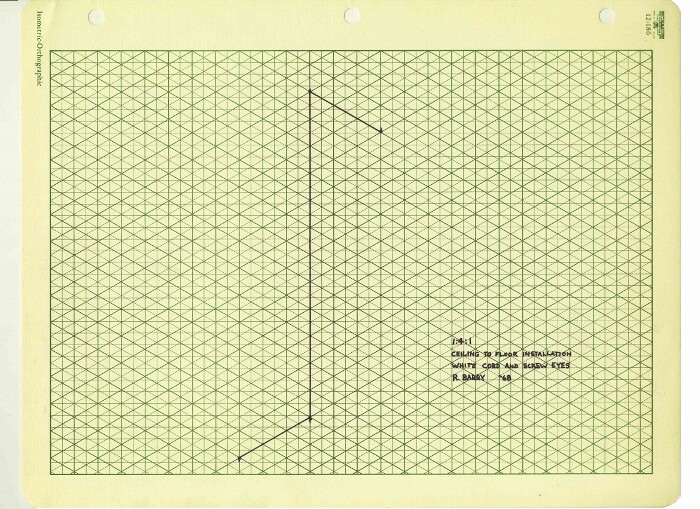Categories
Subjects
Authors
Artists
Venues
Locations
Calendar
Filter
Done
September 21, 2021 – Review
Shuruq Harb’s “Ghost at the Feast”
Marwa Arsanios

How can one write about Shuruq Harb’s work when the work itself is already a wonderful text about the potential of writing? At first glance, one could be fooled into thinking that the artist’s questioning of a dominant visual culture tackles its subject straightforwardly, through images, only to be surprised at how essential writing, text, and language are to the work. Not that they were ever separate to begin with.
The more one delves into “Ghost at the Feast”—Harb’s solo exhibition at Beirut Art Centre, comprising five video installations and sculptures made over the past decade—the more one understands that the images’ “duty” is to make the text appear, while the text pushes the image to the margins and slowly breaks its supremacy. What we hear or read in this exhibition is at the same time a caption, a poem, a press release, and a beautiful literary form.
This tense, unresolved, and dialectical relation between what is pictured and what is written opens up the question of how text is used to structure and support the image. Harb’s exhibition takes this question to the level of the unconscious. Language here becomes a manifestation of an accessible—but not necessarily understandable—part of the unconscious, …
July 9, 2015 – Review
"Gallery 3o1o"
Merve Ünsal

“Gallery 3010,” which celebrates the 30th anniversary of Sfeir-Semler Gallery and the 10th anniversary of its Beirut branch, asks what it means to exhibit objects and ideas in a gallery environment, and interrogates the relationship between the gallery and its context. Bringing together artists from different generations, contexts, and sensibilities, the works that spread across the gallery’s industrial space nonetheless share an aesthetic and approach that carry traces of Minimalism and Institutional Critique.
The exhibition is anchored by Robert Barry’s sketch of 1:4:1 (1968)—a white cord extending from the floor to the ceiling with two horizontal sections at each end—which draws attention to the invited artists’ relationship to space. The walls of the gallery serve, both physically and metaphorically, as a surface for artists to play off, and Barry’s notion of presence through invisibility—the thin white line, held in place by a tiny hook, seems barely there—is a common theme in the exhibition, questioning the meaning of making objects now, here, in this context.
Rabih Mroué’s The Crocodile Who Ate The Sun (2015) consists of a set of 12 framed photographs, presented in a row next to a wall text and, underneath it, a small shelf with leaflets, and the work resonates …
December 4, 2012 – Review
Etel Adnan
Steffen Zillig

Articles about Etel Adnan’s paintings tend to start with her impressive cultural breadth—with her Christian Greek mother, Muslim Syrian father, and the triangle of her travels. Born in Beirut in 1925, she studied philosophy at the Sorbonne in Paris, and later taught at San Rafael College in California, but with unflagging returns to Beirut and Paris. Adnan is a cosmopolitan woman, we learn, but she’s not a super-flexible global jetsetter: rather she’s loyal to the locations that have a place in her heart.
Most articles about Adnan’s paintings proceed at some point to her love for Mount Tamalpais in Marin County, California. Over the years she’s painted the mountain repeatedly, dedicated books and poems to it, and she even alluded to it in the small publication of Notes for Documenta 13: “You might think that love of nature is harmless,” she writes, “but no love is harmless. It can compromise the whole of existence and indeed it does.”
In most of the thirty-five or so of Adnan’s works currently on show at the Sfeir-Semler Gallery in Hamburg too, landscapes emerge from the areas painted in colors of varying brightness. And, even though the paintings are untitled, we know that they are still …
